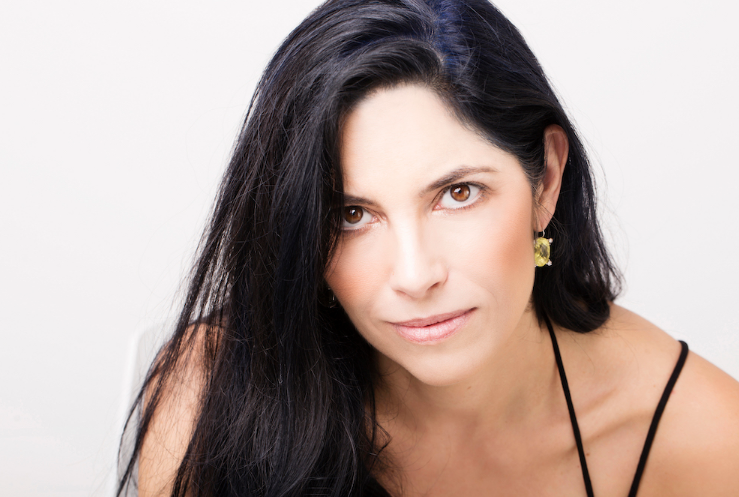Melbourne’s lovers of Baroque opera look with envy at each year’s Pinchgut Opera program in Sydney, but finally the company came south after a fashion. Artistic director Erin Helyard brought with him the international star of Pinchgut’s recent production of Artaserse, mezzo-soprano Vivica Genaux, and led the company’s good friends, the Orchestra of the Antipodes, for this one-night-only concert. They came, they performed, they conquered, inspiring the audience to rise to their feet as one.
 Vivica Genaux. Photo © RibaltaLuce Studio
Vivica Genaux. Photo © RibaltaLuce Studio
With a program of 18th century splendour by Handel, Porpora, Broschi, Vivaldi and Hasse, Genaux revealed why she has become one of the world’s most admired exponents of the Baroque repertoire. Whether scattering top notes like bright jewels, or diving into the contralto register, where her voice takes on a dusky expressiveness, she was at ease, and no technical demand seemed too great. She moved her lips and jaw with disconcerting rapidity to produce roulades as precise as they were extravagant, and her breath control sometimes approached superhuman.
Virtuosic ornamentation was just one way in which Genaux conveyed the music’s emotion. Living up to her name, she is a vivacious performer who seemed to transmit heartbreak, rage or joy not only with her voice, but also subtly through with her face and body. She often beamed and gestured toward her fellow performers between arias too, barely containing her delight in the music and perhaps her own achievement.
The American also formed an immediate rapport with the audience, which murmured approval at the raven-haired mezzo’s fabulous gowns: a Champagne-coloured sheath shimmering with beads before interval, then an artful, slightly revealing swirl of red satin and sumptuous embroidery.
Genaux ticked every box, somehow making each aria a highlight of this concert, which also featured two overtures and two concerti that were barely less delightful. Predominantly playing period instruments, the Orchestra of the Antipodes conjured a majestic sound greater than the sum of their 18 parts – including Helyard, who conducted from the harpsichord with a masterful capacity to fulfil both duties, often simultaneously. His twinkling keyboard, Nicholas Pollock’s Baroque guitar, the horns of Carla Blackwood and Mark Papworth, and Simon Rickard on bassoon provided distinct, evocative nuance within the bowed strings’ lush drama.
The orchestra was handsomely showcased during the program’s instrumental offerings, but was far from mere accompaniment when Genaux was on stage. Those strings positively sighed during Mentre dormi, amor fomenti from Vivaldi’s L’Olimpiade, and with careful attention to dynamics and timing, including dramatic pauses, the ensemble constantly demonstrated their sensitivity to opera’s theatre.
Inevitably, however, it was Genaux’s extraordinary talent and presence that captured the imagination most. Despite a Herculean program that included a rollercoaster ride through her vocal range in Come nave in ria tempesta (Porpora’s Semiramide), she still had plenty in reserve for two encores, including the slow-motion coloratura fireworks of Lascia ch’io pianga (Handel’s Rinaldo). Brava!











Comments
Log in to join the conversation.